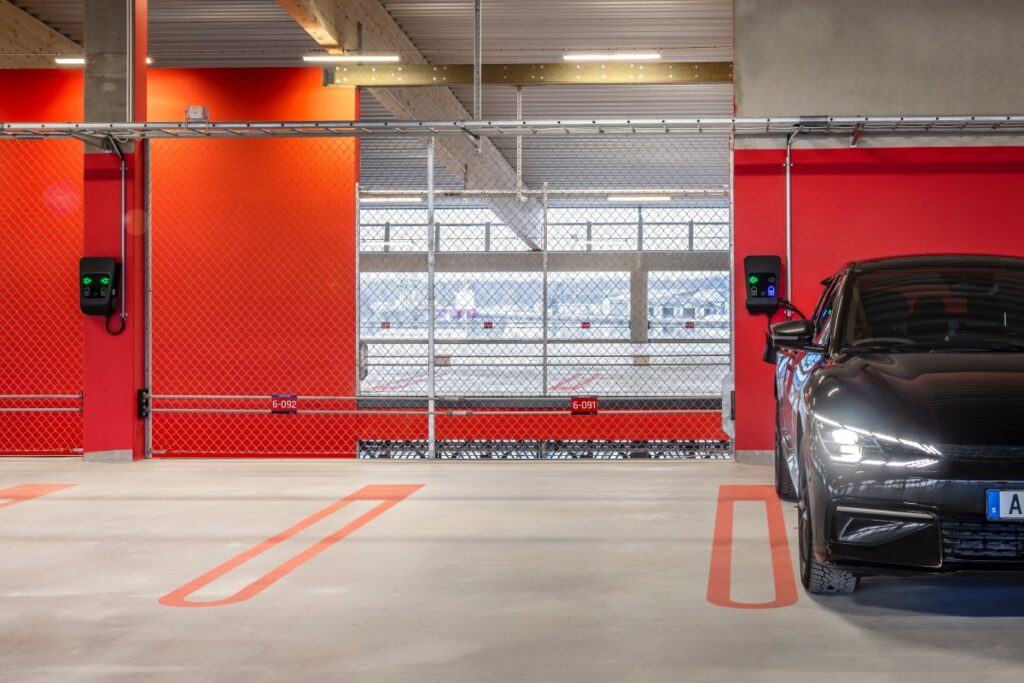According to a survey from CTEK, a Swedish manufacturer specialising in battery chargers, drivers in their 30s look set to spearhead the switch to electric vehicles (EVs) in the UK. The survey of more than 1,000 UK drivers by Find Out Now has revealed 30 to 39 year-olds are the generation most primed to buy EVs and ditch petrol and diesel cars first.
The survey found almost two thirds (61%) of drivers currently in their 30s foresee they will be driving an EV in the year 2035, when they will be in their 40s. Only one in six (17%) thirty-somethings think they will still be driving an ICE (purely petrol or diesel) vehicle in a decade’s time. The rest don’t know.
Even by 2030, a majority (59%) of what CTEK is terming ‘Generation E’ will be driving a Battery Electric Vehicle (BEV) or a hybrid. Just over a fifth (21%) think they will be driving an ICE car.
Including all age groups of drivers, 2030 could see 45% driving an EV, outnumbering the 34% who imagine they will be powered by the diesel or petrol in an ICE vehicle. The ICE drivers fall to a quarter (25%) by 2035.
Daniel Forsberg, Marketing Manager EVSE at CTEK, comments, “We’re calling UK drivers in their 30s ‘Generation E’ because they are leading the way in practically every question we asked in our nationally representative survey.
“We suspect there are several factors at play in this. People in their 30s are likely to have both the financial means to be able to choose electric, and the environmental and climate awareness to want to do so. Not far behind them are the 18 to 29 year-olds, who are the second age group most set to go EV.
“In contrast, it is the older generations aged 55 and above who are least likely to switch, in spite of probably being financially able to do so. They are, we suspect, more wedded to fossil fuels after decades of driving ICE cars.”
Whilst many current EV drivers are set to still be driving the same kind of cars (BEV, PHEV, and self-charging hybrid) in 2030 and 2035, the notable shifts the survey predicts include 43% of PHEV drivers going fully electric by 2030 and 57% of them by 2035.
Almost one in three (28%) of self-charging hybrid drivers will by driving a BEV by 2030 and 39% by 2035. Current BEV drivers are most likely to be driving a BEV in 2030 (88%).
Current PHEV and self-charging hybrid drivers are almost universally likely to shun purely ICE vehicles when they next buy a car – just one in 25 (4%) see themselves being powered purely by petrol or diesel.
CTEK also tasked Find Out Now with asking drivers likely to buy a used car next what kind of vehicle they think they will choose. More than a third (35%) said an EV, made up of one in ten (10%) each saying a BEV or a Plug-in Hybrid Electric (PHEV) and 15% saying a hybrid that cannot be plugged in. The majority (64%) of drivers buying used think they will be opting for a used ICE car.
Daniel continues, “The used car picture for BEVs and other EVs is evolving rapidly as the first big wave of electric cars enters the second-hand market. Our survey shows there is a demand there, and again it is ‘Generation E’ in their 30s who lead the way with almost half (48%) thinking they will buy a used EV.
“Overall the survey results point to a rapidly approaching future of mass adoption of electric mobility, especially by the younger generations. This suggests millions more EVs on UK roads in just a few years, begging the question: where will they all charge? The roll-out of public charging must accelerate to keep pace with the huge demand our survey results suggest will emerge.”
For more from CTEK, click here.

